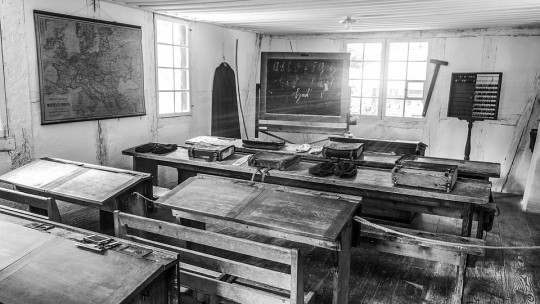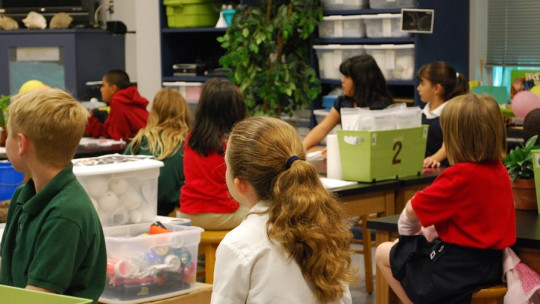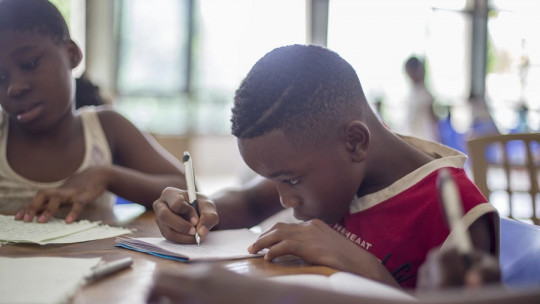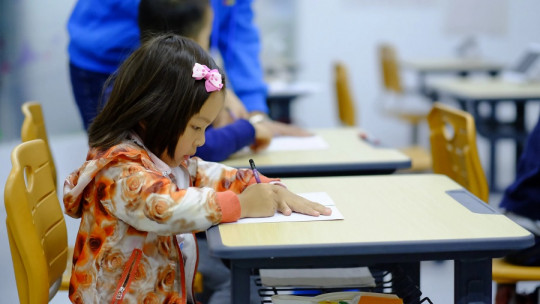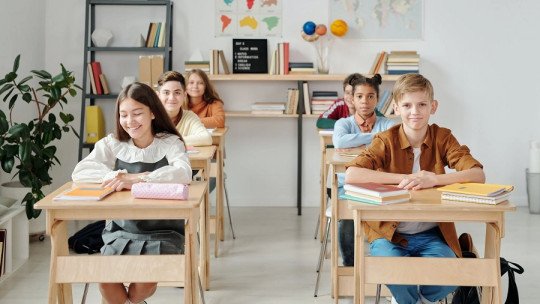
As Nelson Mandela said a few years ago, “Education is the most powerful weapon you can use to change the world.” It is a basic human right and is of utmost importance since it forms people with values and greatly influences the advancement and progress of people and societies. Therefore, it is evident that education cannot be improvised and a planned educational model is required, which serves for the acquisition of new knowledge by students.
However, What is an educational model? It is defined as the set of norms and rules that are created to provide complete and comprehensive training for each student. It is an aid aimed at education professionals so that they can systematize the teaching and learning process. Within it are the theory, instruments and procedures that serve as a reference when identifying which are the most appropriate teaching methods and of course, which means are the correct ones to achieve success in the proposed objectives.
What are the educational models?
Thanks to educational models, results in the classroom improve significantly. When professionals know the educational model they should apply, they can know how to operate an appropriate curriculum in order to reach different types of students and their knowledge. Therefore, in today’s article, we will analyze which are the 5 learning models that exist: the traditional, the behaviorist, the constructivist, the Subdury model and the projective model. Stay to discover how these models interfere with the functioning of education.
1. Traditional model
It is the oldest model of all and perhaps it is the one that first comes to mind when we mention education. It is based on the student being a passive recipient of knowledge and it is the work of the teacher as the exclusive knower, to mold and teach the student all the informative knowledge. The teacher is conceived as authoritative and all-powerful, therefore, the student does not question the information received from him and simply memorizes. In fact, the evaluation consists of a grade based on how well or poorly you can reproduce everything you have memorized, leaving aside those students who have other abilities.
As a major disadvantage, this model turns out to be inflexible and results in students only obeying orders, therefore, they are not able to develop their critical thinking, among other things. Indeed, if the teacher alters the information he transmits to his students and they repeat without thinking or questioning what the professional mentions, they may apply erroneous concepts. The latter is something that significantly clashes with the mentality of the new generations since it can be dangerous.
2. Behaviorist model
This model also assumes that the teacher is the center of all lessons and the student takes a more passive role. It can be said that the behaviorist model arises from the traditional model described above.
In this case, Learning occurs through training, repetition, practice and exposure Furthermore, what is characteristic of this model is that the final result revolves around prizes and rewards. For example, subtracting and adding points, using the token economy, punishing bad behavior, etc.
In addition, the behaviorist model is focused on those students who are considered most suitable in the classroom. Therefore, the great disadvantage of this model is that it leaves out students who have difficulty understanding, analyzing and retaining information.
3. Constructivist model
Without a doubt, this is the model that is “in fashion” among educational institutions today. Vygotsky, Piaget and Ausubel developed this model and it is based on the fact that learning is constructed by the student himself. That is, completely opposite to the traditional model, The constructivist seeks for the teacher to take a backseat and for the student to take absolute prominence in their education and learning process In short, the teacher is limited to guiding, posing challenges and questions that force students to solve problems. It could be stated that the final objective is for the student to be autonomous since his duty is to investigate, explore and provide answers to his own questions based on his environment.
As a disadvantage, some countries have chosen to downplay this model in their schools, since they have observed low levels of demand from students when it is applied.
4. Subdury model
The natural desire of children and adolescents to learn is the pillar of this peculiar educational model The Sudbury model was pioneered by the Sudbury Valley School, which proposes that students enjoy the freedom given to them to explore their passions and interests. Although it may sound strange to us, this school has been successful in letting students create their own study plan and be completely free to spend their time however they want. In this case, the teacher’s role is rather passive, where he is considered more of an advisor to accompany the student in those moments when he requests it.
When children and adolescents have the opportunity to manage their time and education, their confidence, independence, responsibility and ingenuity increase. Furthermore, this model highlights that when students can choose what they want to learn and when they want to learn it, the love for learning does not disappear, rather, they manage to maintain it throughout their lives.
It is not a model that works for all students. For example, those children or adolescents who do not enjoy individualized teaching resort to group experiences to obtain learning. With this, the student may get carried away by what the group says and really neither learn nor enjoy the process.
5. Projective model
As its name indicates, This model highlights the importance of educating based on projects or research As in the previous model, the aim is to strengthen the autonomy of the students through the experiences they live in the creation of said projects awarded by the teacher.
The teacher has the role of facilitator, that is, he opens the way for the students with a proposal. The rest is the students’ work, such as finding research methods, collecting data, and generating their own standards to successfully carry out the project.
The different learning models and their relationship with neuroscience
Since learning requires adopting a series of routines and strategies that must be applied with a certain frequency, this means that, while we learn, our central nervous system changes, adapting to the type of challenges to which we expose it. Thus, Depending on the learning style we use, one or other parts of our brain will be activated and enhanced
In this sense, the learning styles that make us face a greater variety of problems will be those that stimulate several networks of neurons at the same time; This is the case of the projective model, very oriented towards practice and the challenges that require addressing problems of a very different nature by adopting a decisive and active role. Something similar happens with the Subdury model and the constructivist model, but to a lesser extent, since students tend to choose topics that already fit well with their abilities and interests, so they tend to avoid challenges and experiences that are very new to them; That is why in these cases there is a greater tendency to work with localized areas of the cerebral neocortex.
Regarding the behavioral and traditional models, by relying heavily on memorization, the brain integration of what is studied is more localized in areas of the brain associated with memory, such as the hippocampal formation in constant interaction with the frontal lobes and parietal parts of the brain. In this type of learning there is relatively little “crossover” of internalization processes of what has been learned, and the same formulas are repeated over and over again to do what is necessary to pass the exams.

